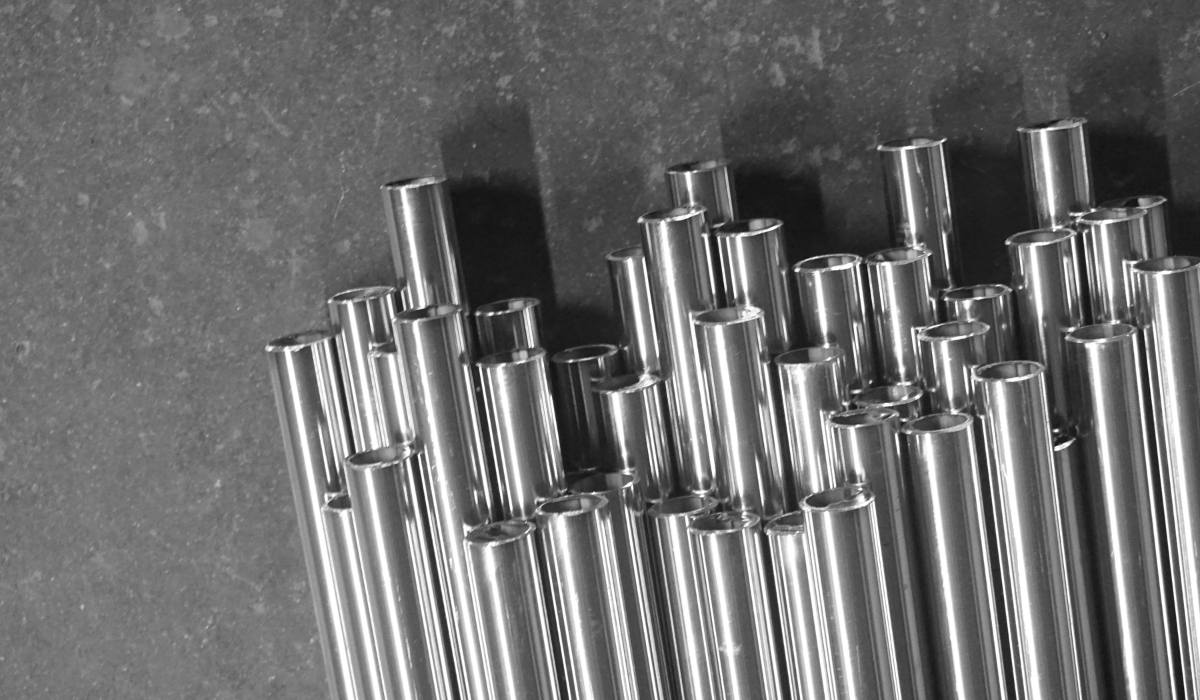- 01562744788
- enquiries@central-profiles.co.uk
- Mon - Fri: 8am - 5pm

Bending Stainless Steel is a strong contender for materials due to its many one-of-a-kind advantages. These benefits are typically underappreciated or disregarded by engineers, specifiers, and designers due to the perception that stainless steel has a greater initial cost. However, stainless is generally the most cost-effective material throughout a project’s lifetime. Steel that is not affected by corrosion is known as stainless steel.
The stainless, corrosion-resistant qualities of the steel result from adding chromium. Thanks to the steel’s high chromium content, a thin layer of corrosion-resistant chromium oxide can grow on its surface, making the metal more durable and less vulnerable to rust and other forms of wear. This film can repair itself if it is cut or scratched by mechanical means or exposed to chemical agents, so long as some oxygen is present, even in minute quantities. An uptick in chromium concentration, along with components like molybdenum, nickel, and nitrogen, improves the steel’s corrosion resistance and other essential qualities. Named after the specific alloying elements responsible for their distinctive microstructures, each kind may be easily distinguished from the others.
The Many Benefits of Bending Stainless Steel
The corrosion-resistant properties of stainless steel result from the chromium alloying element. Grades with lower amounts of alloying resist corrosion in air and pure water. In contrast, grades with higher amounts of alloying are resistant to corrosion in most acids, alkaline solutions, and chlorine-carrying conditions, making them suitable in processing facilities.
Vital chromium and nickel alloys are used precisely because of their resistance to scale and high strength retention at elevated temperatures. Heat exchangers, superheaters, boilers, feedwater heaters, valves, mainline lines, and even aircraft and aerospace applications make heavy use of stainless steel.
Maintaining a clean environment is critical. Stainless steel is the material of choice in places where cleanliness and sanitation are of the utmost importance, such as hospitals, restaurants, and food processing facilities.
Stainless steel’s glossy, low-maintenance finish gives it a chic, contemporary look.
Compared to conventional grades, high-strength duplex grades allow for thinner sheets, which translates to significant savings. Austenitic grades’ work-hardening ability strengthens the material significantly just from cold working.
Stainless steel can be worked in the same ways as carbon steel, cutting, welding, bending, forming, machining, assembling, and manufacturing.
Cryogenic applications benefit significantly from the austenitic microstructure of 300 series steels, which maintains a high level of toughness even at temperatures well below freezing.
Material and production costs and life cycle costs should be considered when calculating overall costs. In many cases, stainless steel is the most cost-effective material when considering the material’s entire life cycle. A product’s low total cost of ownership due to its extended expected lifespan and lack of need for regular servicing.
More than half of all stainless steel produced today is recycled from existing scrap.
Conclusion
Bending Stainless Steels’ malleability makes it stand out in many applications. Despite the challenges presented by fabrication, the use of expert skills and top-notch tools is essential.
We started out in 1999 and have grown continually through an ongoing investment in machinery, software and people, even during the downturn.
© 2021 Central Profiles. All Rights Reserved. Website by Freestart Digital
